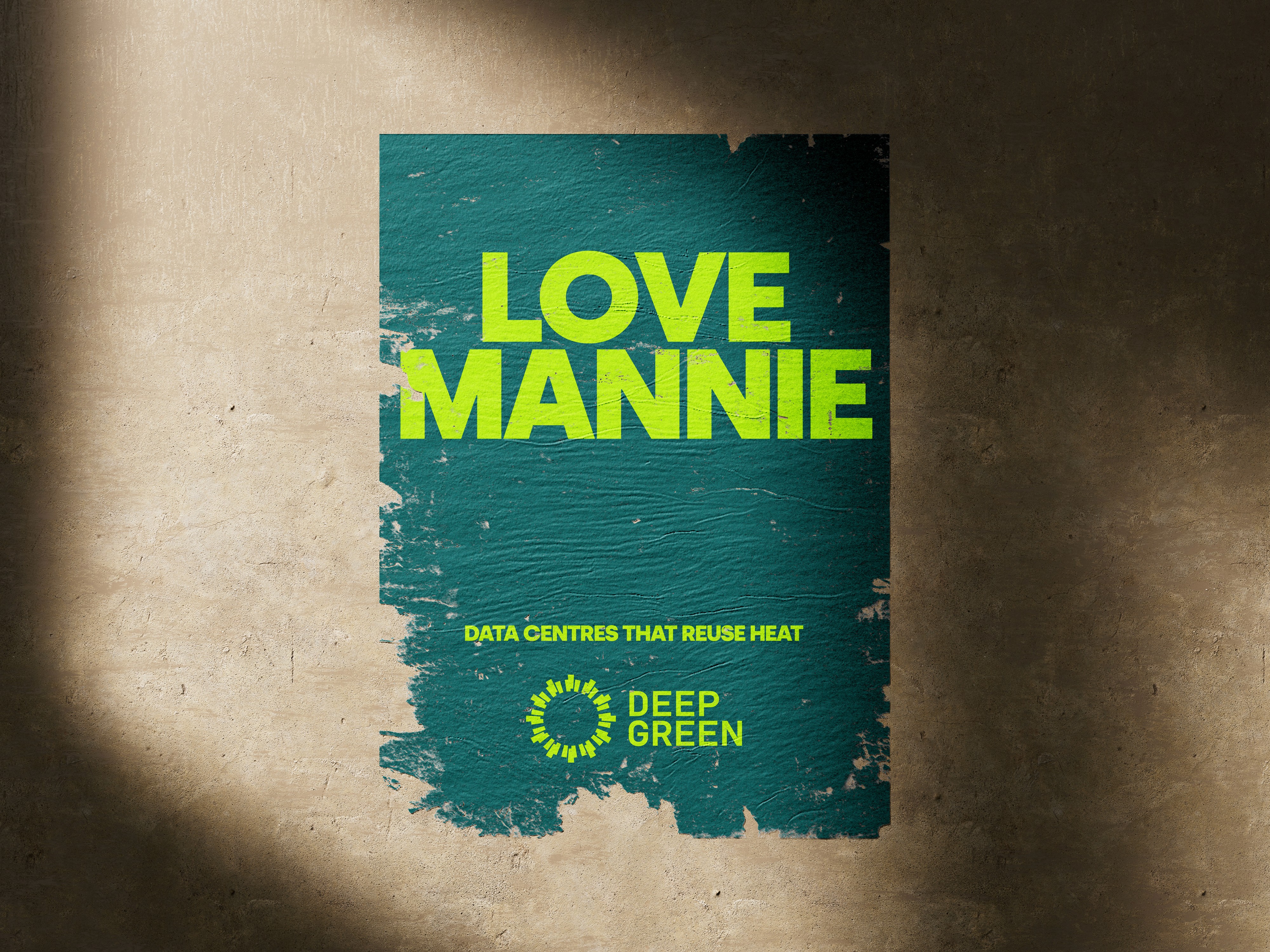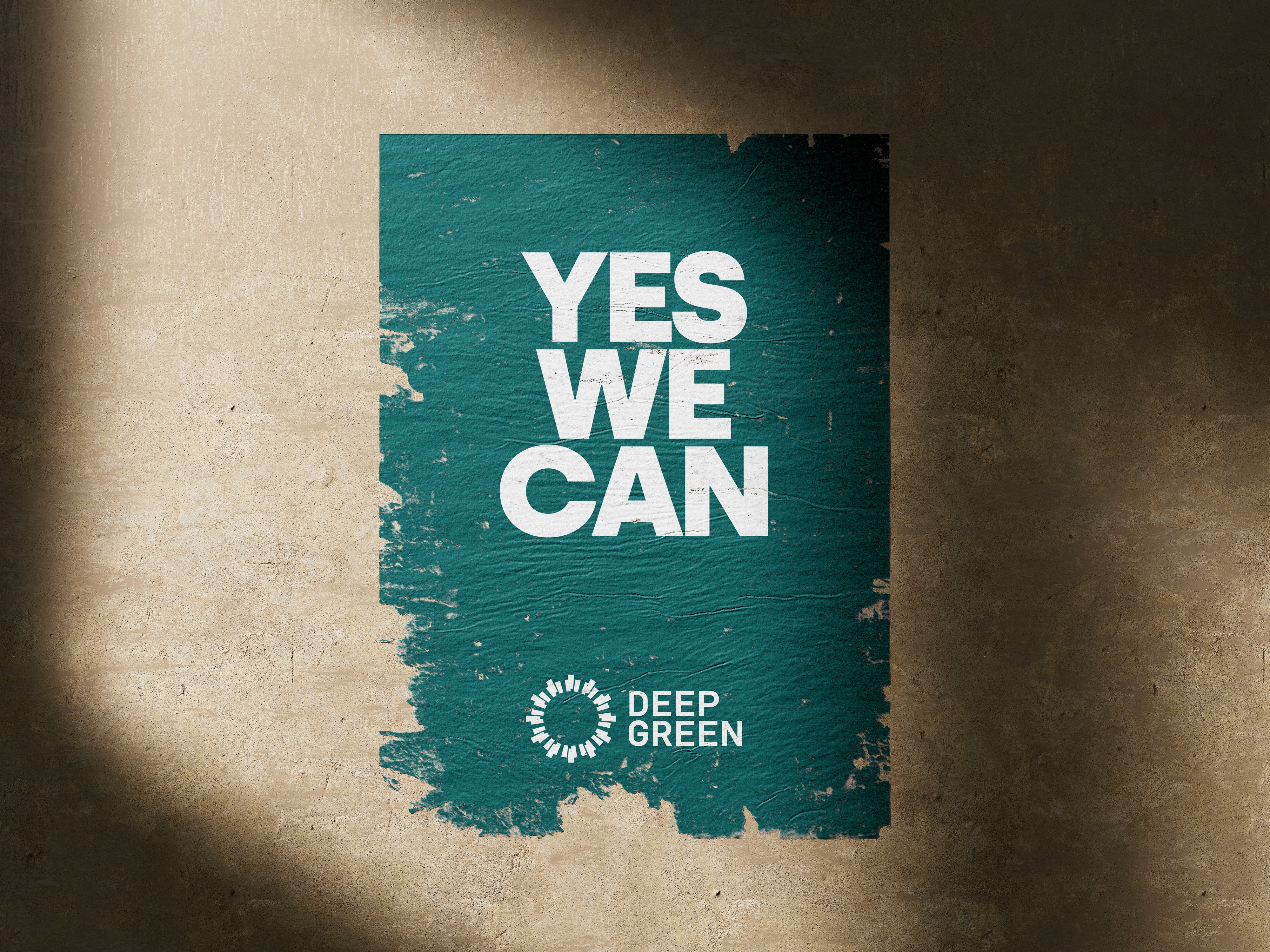December 15, 2025
Mark Bjornsgaard
Preface
This blog references a perspective about the opportunities and challenges of Artificial Super Intelligence explored by Leopold Ascenbrenner in his Situational Awareness paper here and during a recent Dwarkesh Podcast hosted by Dwarkesh Patel here . Ascenbrenner is an Ex-Open AI Researcher and one of the world’s foremost thinkers on AI.
How would ASI have built itself?
If Artificial Super Intelligence (ASI) already existed today and we could ask it how to build itself, it would patiently explain to its simple, hydrocarbon-based masters that the fastest, cheapest and safest way would be in a decentralised manner.ASI would point out that its waste output - heat- is also the input required to address one of the wickedest problems in the climate emergency: the electrification of heat and as such, recycling the heat generated by its semiconductors and giving that heat away for free to local communities would positively predispose populations to the idea, affording it a social license to operate, whilst transforming income inequity and accelerating the climate transition.ASI would go on to say that instead of a single leviathan data centre - a tempting target for military intervention from laggard bad actors - the incremental development over a decade, of smaller instances, across thousands of domestic and industrial heat reuse sites would shield Trillion Dollar Cluster (TDC)in the fabric of our communities, thereby safeguarding the project’s physical assets and bolstering public buy-in.
Can we do it?
For a moment, let's accept Leopold Aschenbrener's assumption that the need for the TDC is near and present and also that his deadline of years, not decades is correct. Let's also take at face value three of his core assumptions: It will take 100 gigawatts of electricity to power it.A single, gas- or nuclear-powered, centralised data centre that houses such a cluster would be a necessary evil. In the absence of any better alternative, the facility would represent a significant security challenge and a single point of technical and operational failure (to say nothing of the double materiality risk from extreme weather).As well as distributing the financial and operational burden, sharing the endeavor across democratic allies would create a less contentious presence at the negotiating table in the delicate framing of a post-ASI “peace”, where the allocation of the technology for civilian purposes (with those countries who failed to win the race) would be perhaps the hardest and most dangerous part of his plan.Let's add two relatively uncontroversial assumptions of our own:The general public will need to be persuaded to buy into this 21st century global Manhattan Project. With no Pearl Harbour or Blitz to galvanize populations and with income inequalities, consensus politics and social cohesion at their lowest ebb for generations, governments have little power to ring fence the money or impose the upheaval in civilian life required to build the cluster. The public’s objections will be sustainability-related and the environmental lobby will point out that there is little point in rushing headlong towards the TDC, if it means there is no habitable world left to live in once it's completed.
Decentralisation - a magic elixir?
The USA itself, is the perhaps greatest example of the power of decentralisation we never seem to notice. Across many industrial sectors, including telecoms and energy, decentralisation has also proved itself a magic elixir - lowering prices, fuelling innovation and dismantling monopolies. With the emergence of Edge computing, these forces are already at play within the IT industry. Decentralisation will be the grounding principle on which the TDC will be built.In the same way as hydrocarbon-based organisms rely on oxygen and nutrients, silicon needs power and networking. The amount of power required by the ASI can realistically (given grid and transmission constraints) be delivered only from off-grid power and in a decentralised way.
We’ve got the power
The opportunity to access existing stranded power across the territories of the democratic allies is a headline incentive to spread the load across geographies. Sadly the TDC will need far more stranded electrons than those we currently waste.Whilst some existing grid capacity might also be available, building the majority of the TDC’s power requirements from new generation capacity, off-grid will be the challenge. Landing a disproportionately large amount of solar and batteries on each small site is central to Deep Green’s power strategy and this thinking will underpin the TDC’s power strategy. Even if it were sensible from a security point of view, it is impossible to believe 100 GW of power could be landed on any single site in any realistic timeframe. As Ascenbrenner points out, this would be the equivalent of building an additional 20% of the US’s existing electricity supply in a single instance. To build this from scratch (the equivalent of 100 nuclear reactors) would prove politically impossible, given the massive economic and environmental strain it would place on whichever unfortunate state was picked to host the TDC. Building bite-sized chunks on decentralised sites is easier and cheaper.Admittedly, an off-grid, decentralised approach requires as much battery storage for leveling as any centralised approach. However, non-lithium, battery storage options, such as NiFe and other older chemistries, can be produced far more rapidly and safely (without the reliance on rare earths that inhibit lithium supply chains). Deep Green has already identified a novel approach to burying low-density batteries in ready-made tubes - much like you drop batteries into the handle of a torch. Furthermore, although these older chemistries require 5x the space of lithium, they have much longer life cycles. NiFe batteries can happily be charged and discharged for 50 years, needing only an occasional top-up of distilled water.
Networking opportunities
Silicon’s other vital nutrient, networking, is less of a logistical challenge. As we head into an all-photonics world, the ability to geographically distribute clusters without interfering with the workings of AI training models running across multiple sites is now emerging. At Deep Green’s next Beyond Good event on August 21st, in conjunction with our friends at NOKIA, we will be outlining how.We already have Digital twins of “Decentralised Large Language models" (DLLMs). AI is chatty, but nodes can be kept in sync, despite marginal degradation in speeds between instances. In our upcoming, real world PoC, we will show how we can fool one server into thinking a second, linked machine is in a cabinet beside it - when it is actually at another site 300 miles away.The DTDC (the decentralised trillion dollar cluster) is now a viable option. Read my next blog to find out how we plan to make this a reality.




